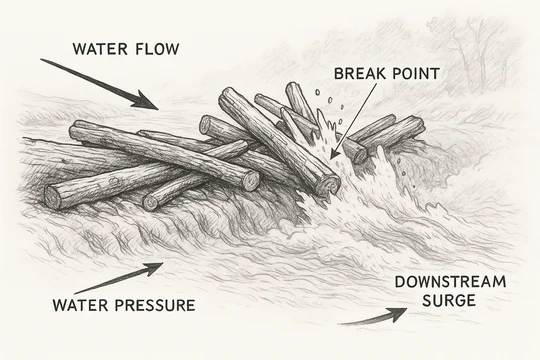Motions to stay are common as dirt, and about as interesting.
The factors are exactly what you expect them to be, and the Court has broad discretion to apply them. Most of these motions could be reduced to a checklist:
- Is the IPR on:
- All the patents?
- Most?
- Some?
- Any!?
- Are You competitors?
- Like Pepsi and Coke?
- Like Pepsi and LaCroix?
- Like Pepsi and SPAM?
- Is trial scheduled for:
- Tomorrow?
- Next Year?
- Long after man has thrown off his corporeal form, and Pepsi is a but a bittersweet chord in the song we sing of long ago?
(Eds. Note - at this point Nate walked to the fridge and got himself the Pepsi he had been thinking about. There will be no further references.)
There you go, please mail me a check each time you use it. I promise to use the funds to take better pictures for the blog.

For the same reason, opinions on this point are often a bit dry and frequently no more than a brief oral order. Last week though, visiting Judge Bryson (of Federal Circuit fame) issued a surprisingly in-depth 20-page opinion on a motion to stay pending IPR and ex-parte reexamination proceedings that I expect to be citing for quite a while. A few of the more interesting tidbits:
A Rare Dive Into the Legislative History of Stays
The opinion opens with an expansive history of the various post-grant proceedings including CBM review, IPRs and reexaminations, noting that in each case there is a liberal policy in favor of stays:
As Senator Schumer observed regarding the CBM review provision, Congree intended to place "a very heavy thumb on the scale in favor of a stay being granted" once the PTAB instituted CBM review proceedings. . . Congress's desire to enhance the role of the PTO in deciding validity questions and to limit the burden of litigation on Courts was not restricted to CBM review proceedings
Dental Monitoring v. Get-Grin Inc., C.A. No. 22-647, D.I. 158 at 6-7 (D. Del. Apr. 9, 2024) (quoting 157 Cong. Rec. S1363)
That point [the similar policies in favor of stay in CBM and reexams] is made clear by the legislative history of the 1980 statute authorizing the PTO to conduct administrative reexaminations of issued patents. Early versions of the 1980 statutes contained a section providing for a stay of the court proceedings during reexamination. the stay provision was omitted as unnecessary because "such power [to stay] already resides with the Court to prevent costly pretrial maneuvering which attempts to circumvent the reexamination procedure."
Id. at 8 (quoting H.R. Rep. No. 96-1307, part 1 (1980))
Low Rate for Total Cancellation In Reexam Does Not Weigh Against Stay
As might be expected, the plaintiff argued that numerous claims were likely to survive a re-exam because PTO statistics showed that cancellation of all claims only occurred about 13% of the time. Judge Bryson brushed off this argument noting that the more important statistic was the likelihood that some of the asserted claims would be cancelled:
What Dental Monitoring's interpretation of the reexamination statistics overlooks is that there is approximately a 79% chance that at least some claims of the two patents undergoing reexamination are likely to be cancelled or amended. Even if the inter partes review and reexamination proceedings conclude without all of the claims of all four patents being canceled, the cancellation or amendment of some of the claims is likely to nonetheless simplify the issues for trial, and save the resources of the parties and the court that would otherwise be expended in addressing claims that are no longer at issue in this case.
Id. at 12.
Much, Much More!
The case also has a good analysis of prejudice between competitors and whether the relatively scarce resources of a defendant provide some justification for a delay in petitioning for a reexam. I'm hoping to get another post out of it, so please don't ask for details.
TTFN
(Pedant's note - despite the title, diamonds are not actually formed from coal. Earth coal is formed from plants. Since plants are largely an above-ground phenomenon, coal is usually found within a couple miles of the surface. Diamonds famously require very high temperatures and pressures to form, and thus occur only much farther down in the mantle, where they are then pushed up by volcanic eruptions and the like. This had no bearing on the post.)
If you enjoyed this post, consider subscribing to receive free e-mail updates about new posts.




